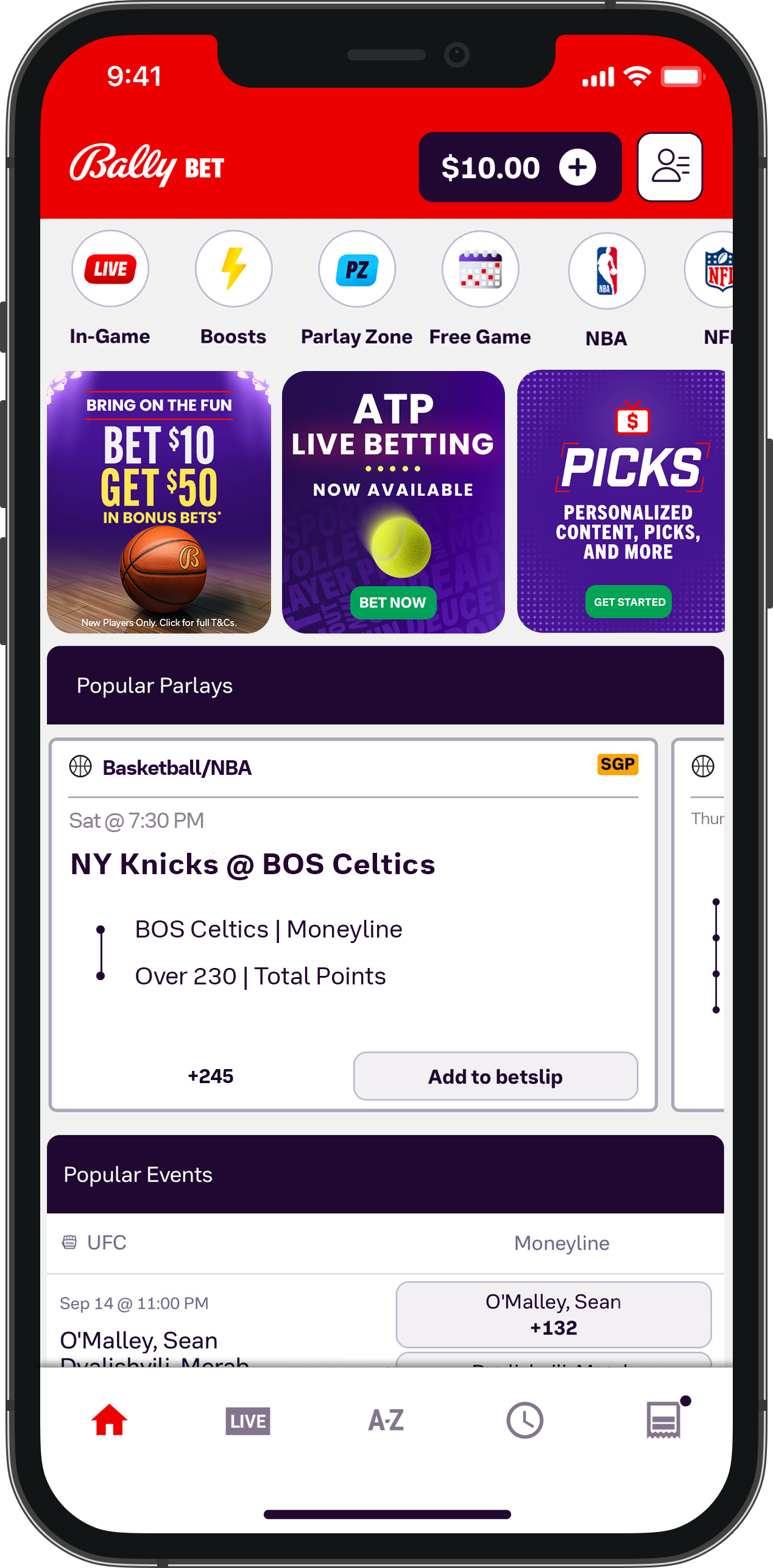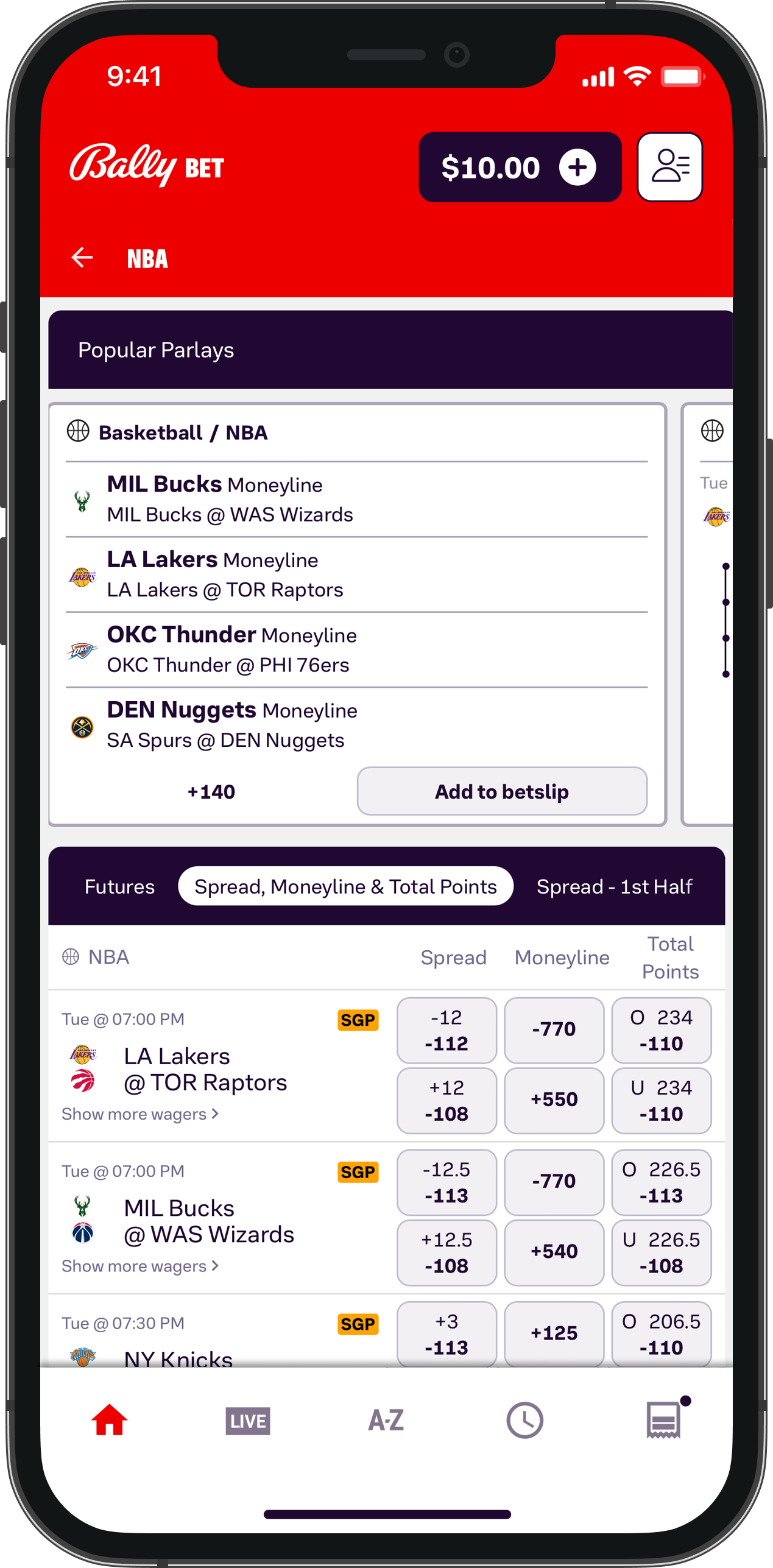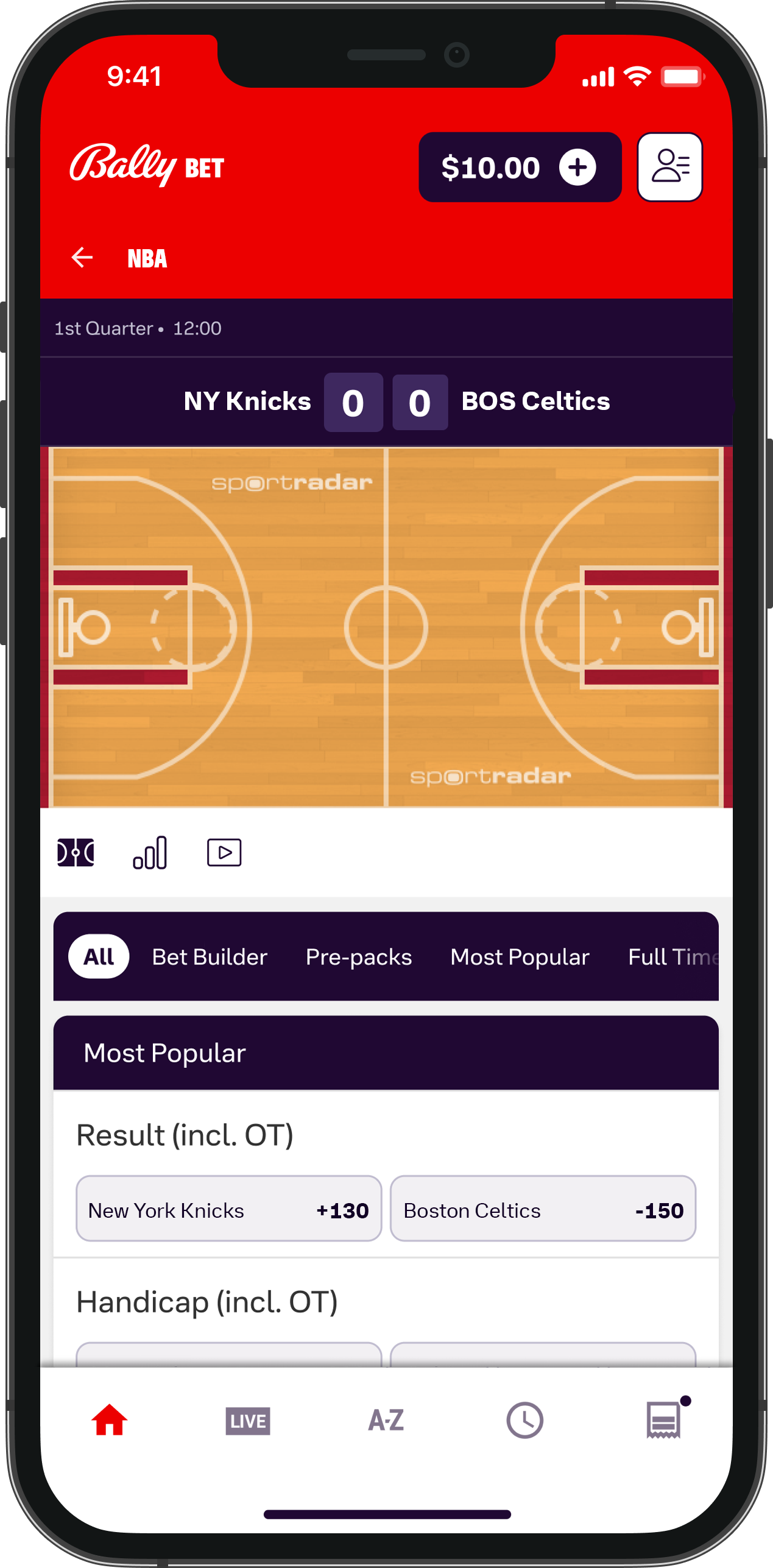How to Read and Understand Betting Odds
One of the challenges facing newcomers to sports betting is understanding what the odds mean.
Each selection is given a price, from the Kansas City Chiefs winning the Super Bowl to the Boston Celtics clearing their point spread against the L.A. Lakers, so understanding how to read betting odds will provide more context for the wagers that you place.
In this guide, we'll walk you through how to read odds in various formats, including the classic American style as well as fractional and decimal odds.
We'll also show you how to convert betting odds into percentages, a skill that can make the process of handicapping teams and their lines so much easier - and perhaps improve the success of your betting, too.
Working Out the Probability of a Bet Succeeding
One of the easiest demonstrations of how to read sports odds comes from the humble flick of a coin, because there's only two possible outcomes.
The standard coin has two sides – heads and tails – which, if you tossed the coin high in the air, each would have a 50% chance of landing that side up.
Therefore, if a betting market was created for the flick of a coin, we would expect the betting odds of landing a head to be even money, and the same would be true of tails – representing that true 50/50 market.
So what if the odds looked like this?
• Heads (-150)
• Tails (+150)
Instinctively, you would know that tails is the smart play here because the representative odds are much higher than they ought to be based on the probability of the two possible outcomes. Alternatively, you'd know that heads doesn't have a greater chance of being spun than tails - it may be that after 100 flips, heads has appeared 60 times or more. But that would be random variance, rather than anything probabilistic.
Of course, that's not to say that tails will win either but, in this context, you know that you've placed the correct bet by wagering on it. And in the long run, that's the best way to maximize your chance of being a successful bettor - securing 'value' odds in this fashion.
When it comes to betting on sports, the outcomes are more fluid and variable - nobody can truly predict with 100% confidence what will happen in a football game, for example. And so the key is to work out the relative probability of either team winning, or clearing their point spread, based upon the odds provided.
Imagine the San Francisco 49ers are playing the Denver Broncos. Their opening moneyline odds are:
• San Francisco (-300)
• Denver (+250)
Now let's imagine that news breaks that the 49ers' star quarterback and leading wide receiver have been struck down by injury in training. As a result, the moneyline odds shift to:
• San Francisco (-150)
• Denver (+110)
So have the lines moved enough, too much, or by just about the right amount? Being able to read betting odds, and convert them to percentages, will help you to make that decision before you can then place your wagers accordingly.
This is ultimately your guiding light when betting on sports. If you believe that the percentage chance of a pick winning is greater than the odds being offered by the sportsbook, you might take the bet – we’ll show you how to convert betting odds into percentages later in this article.
What Does Bankroll Mean?
When it comes to sports betting, your bankroll is the sum of money that you have sitting in your betting account.
It doesn’t matter whether you are a conservative bettor or a high roller, the objective is the same: To bet in a way that protects your bankroll, while enabling you to secure the maximum possible return on winning wagers.
It’s possible that you have an account with more than one sportsbook at a time. In this case, you might consider your bankroll to be the sum housed at each individual betting site, or the total amount across all books.
Whatever your own personal definition, learning how to manage your bankroll in sports betting is of paramount importance, both for your financial health and your enjoyment of your chosen sports.
Why is Bankroll Management So Important?
This is a pretty crude example, but imagine you had $5,000 sat in your bank account and you went and spent it all on a new car.
After the purchase, you’d be left with nothing. Zilch. Nada. Not an ideal scenario if you’ve got bills to pay in the days and weeks ahead.
Knowing how to handle your finances is a key skill in life, and an appreciation of bankroll management in sports betting is pretty important in keeping your hobby enjoyable and equitable at the same time.
If you bust your bankroll in one losing bet, you’ve got two possible scenarios. You either make another deposit and start again, or you sit out the next round of sporting action, perhaps feeling frustrated by your previous lack of discipline.
And that’s the key word when it comes to bankroll management in sports betting. Discipline. Without it, you’ll likely find that you’re busting your bank several times a season, and with every deposit you make, the less profitable your wagering becomes.
By being disciplined in your betting, you may also find that the success rate of your picks increases, too. You might be more inclined to let marginal plays, which don’t have much value at the available odds, pass by without the dreaded FOMO.
One concept that has caught on among the sports betting community is to break a bankroll down into equal-sized pieces — typically of 1-2%. So, if your bankroll was $100, you may allow yourself to wager $1 or $2 per bet. That way, you know you will be able to have at least 50 bets from your current balance.
You might just bet on a specific sport, and so can therefore work out a way to make your bankroll last for the entirety of a season. For example, the NFL’s regular season lasts 18 weeks, so you may break up your bankroll accordingly. That would be around 5.5% of your overall balance per week, which you could put on one wager or split across multiple bets. This maximizes your enjoyment for a longer period of time. A matter of months, in this case.
Later on, we’ll introduce the concept of unit betting, which is another effective tool for bet planning and bankroll management. Whichever strategy you choose to adopt, remember that the key is to spread your bankroll across as many bets as you feasibly can, ensuring you go weeks, months, or even years without needing to make a fresh deposit.
Expressing Sports Betting Odds as a Percentage
Once you know how to understand betting odds, you can then begin to translate them into percentages. This is a useful tool for adding context to your betting decisions.
For example, you may not know if +300 odds on the Boston Celtics to win the NBA Championship is a good line to bet. But you may have a better feel knowing that +300 can be converted into a 25% probability.
There’s a calculation that you can perform that does this, although it’s worth noting that there are bet calculators that will do the hard yards – saving you the time and hassle.
To turn a positive odds selection into a percentage, you would perform this calculation:
• 100 / (odds + 100) x 100
So, if we had odds of +200, our calculation would be 100 / (200 + 100) = 0.33, multiplied by 100 gives us 33%.
To turn a negative odds selection into a percentage, you would do:
• odds / (odds + 100) x 100
So, if we had odds of -200, our calculation would be 200 / (200 + 100) = 0.66, multiplied by 100 gives us 66%.
Why is this important? Let’s go back to the coin toss example from the start of this article. We know that when flipping a fair coin, we have a 50% chance of landing heads and 50% for tails.
Now imagine that a sportsbook was offering these odds for said coin toss:
• Heads: -150 (60%)
• Tails: +150 (40%)
We know that there’s more than a 40% chance of tails being spun, so tails would represent an excellent value bet at these odds.
In the context of sports betting, you can assign your own perceived percentage chance of either team winning a game, or them covering the spread – whatever the market may be. You can then compare your percentage to the sportsbook odds, with the upshot that you might spot a value bet or two on any given gameday.
True Odds vs. Implied Odds
When you perform your own handicapping, as detailed in the previous paragraph, you have created your own "true odds," in percentage terms, for a particular game.
The implied odds are the line given by the sportsbook, which has rated the teams in its own way.
And this is the key takeaway from the article: where your true odds are higher than the implied odds offered by the sportsbook, you may find yourself in a value position – if your analysis is fair and accurate, of course.
So, if the sportsbook is offering odds of -200 (66.6%) on the Chiefs, but you believe they actually have a 75% chance of winning their game against the Patriots, then that’s a bet that you could consider placing.



